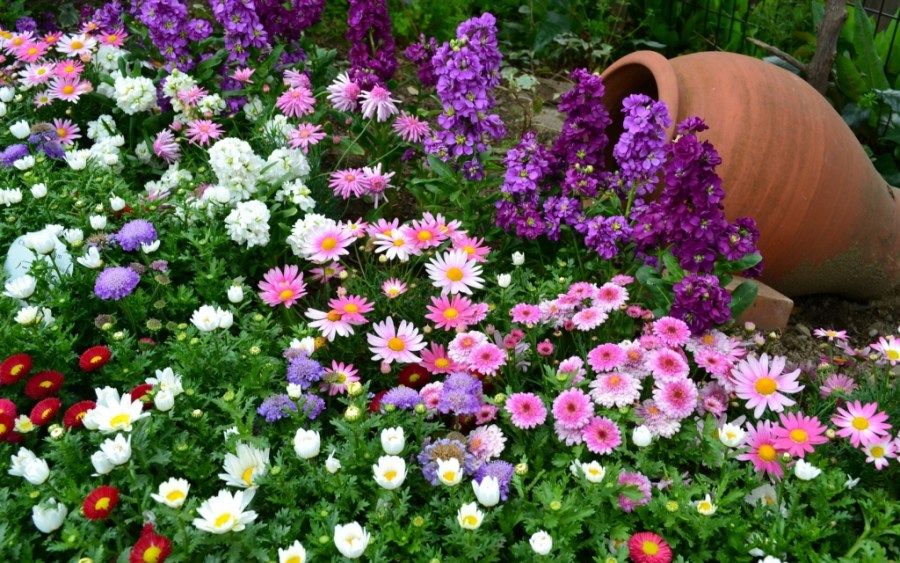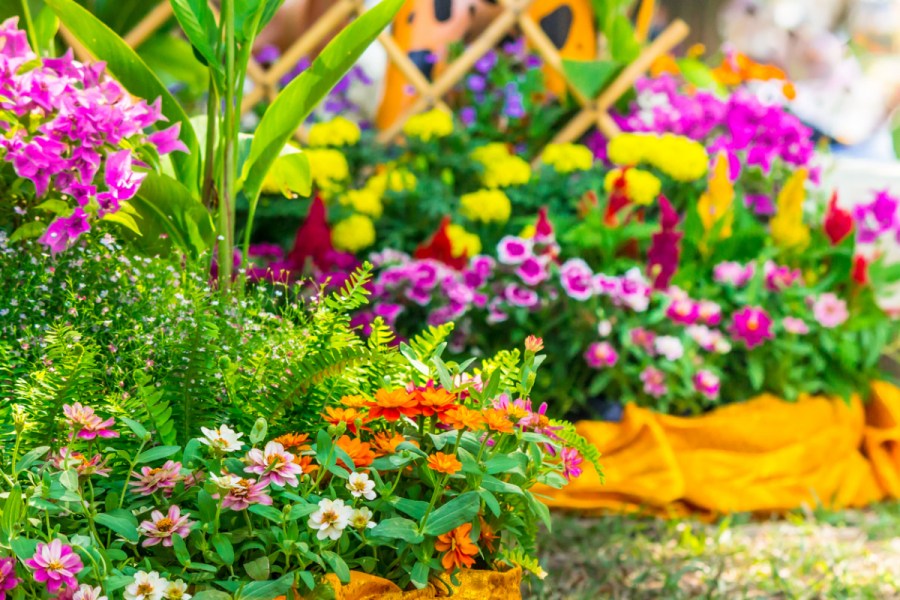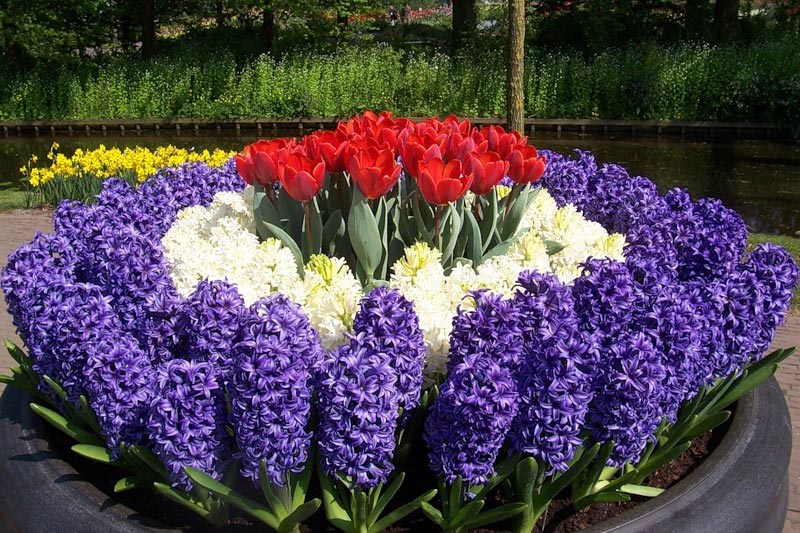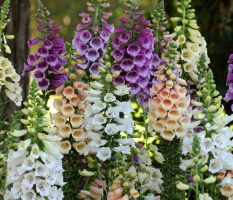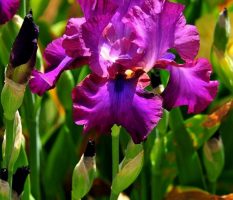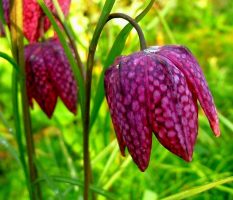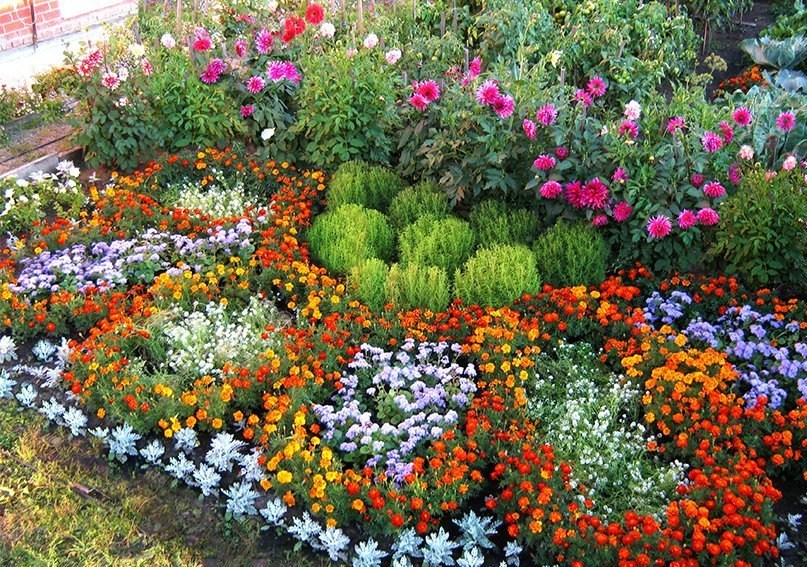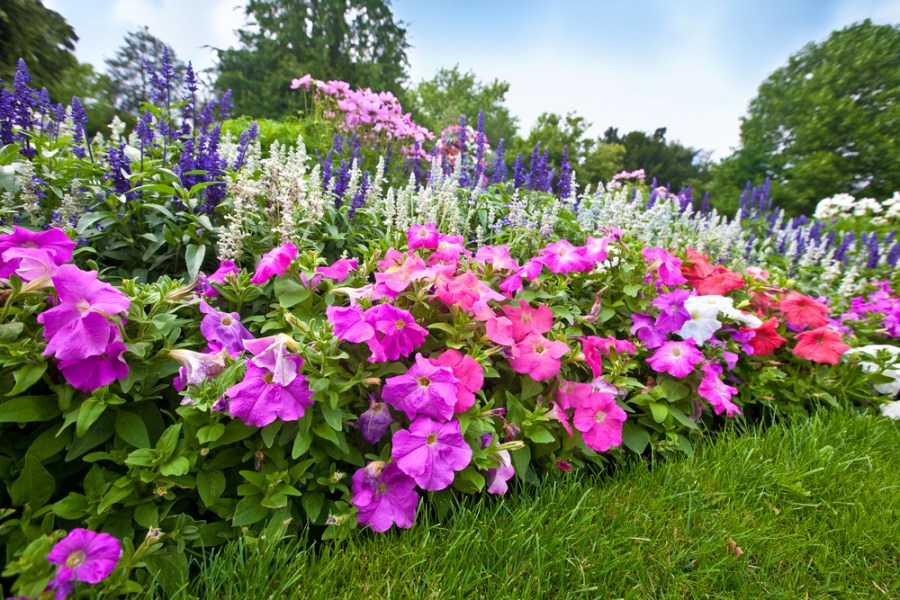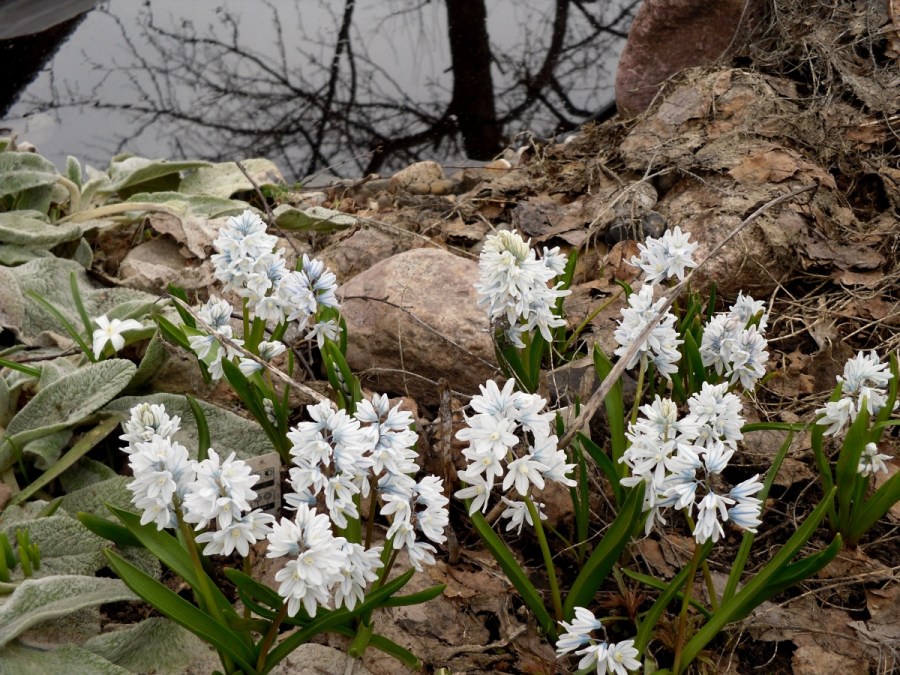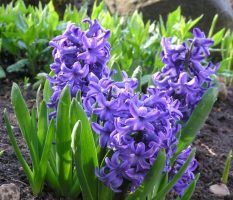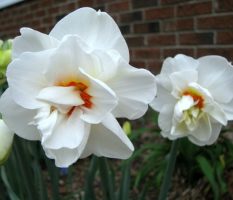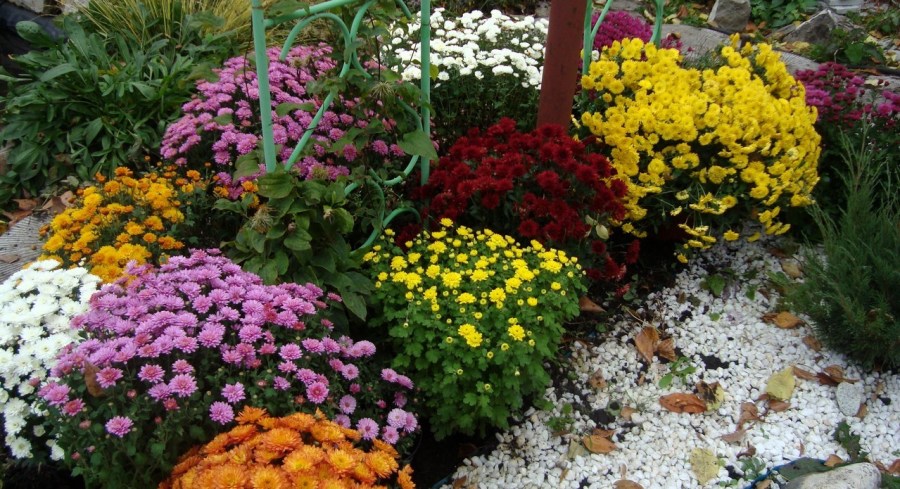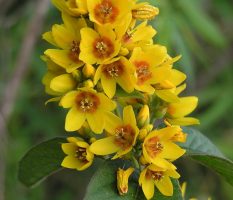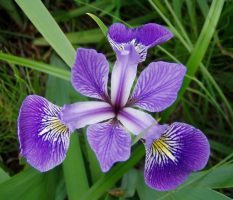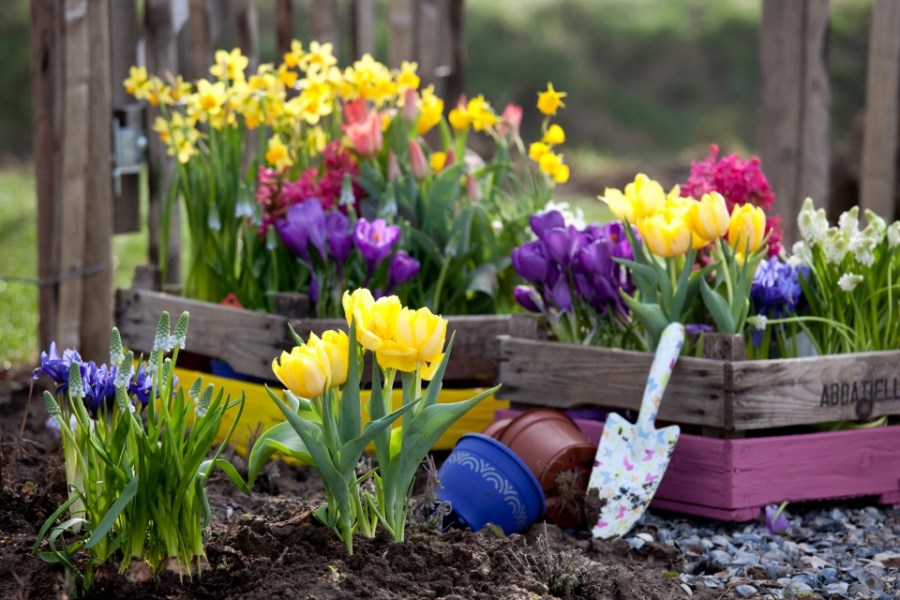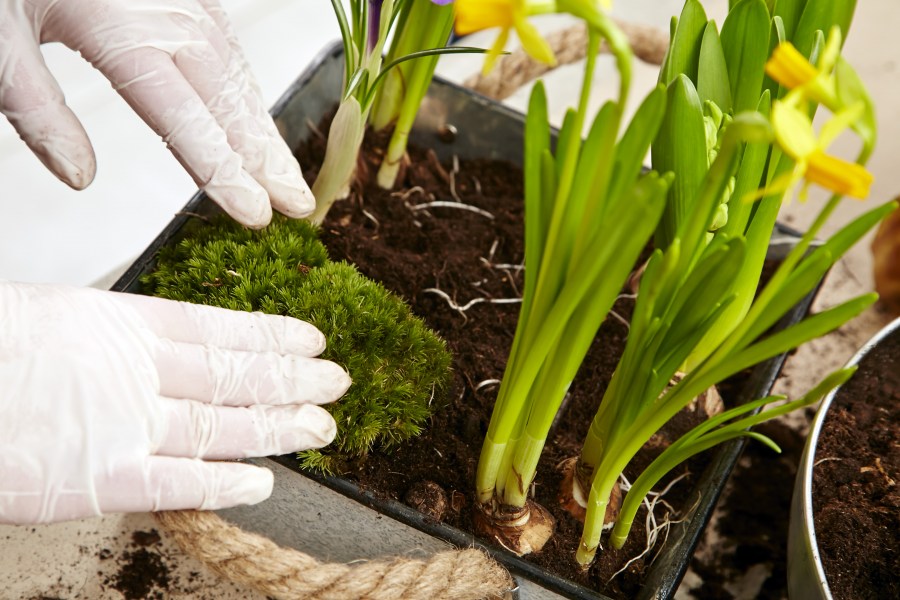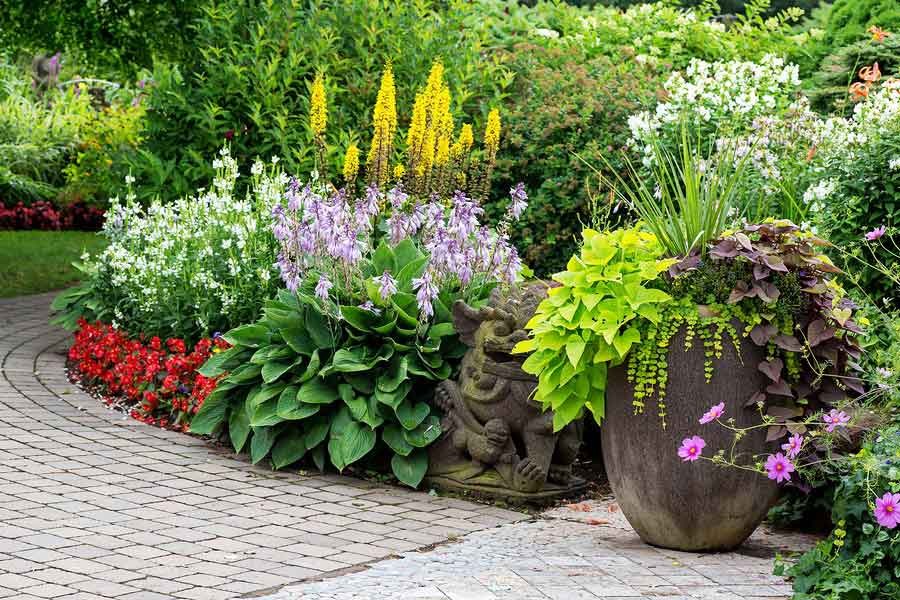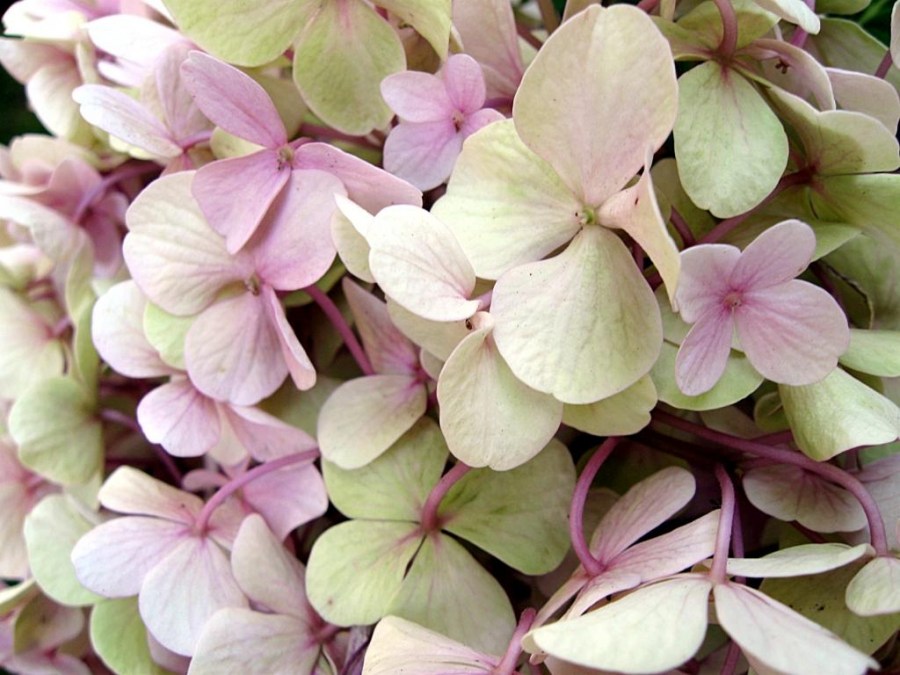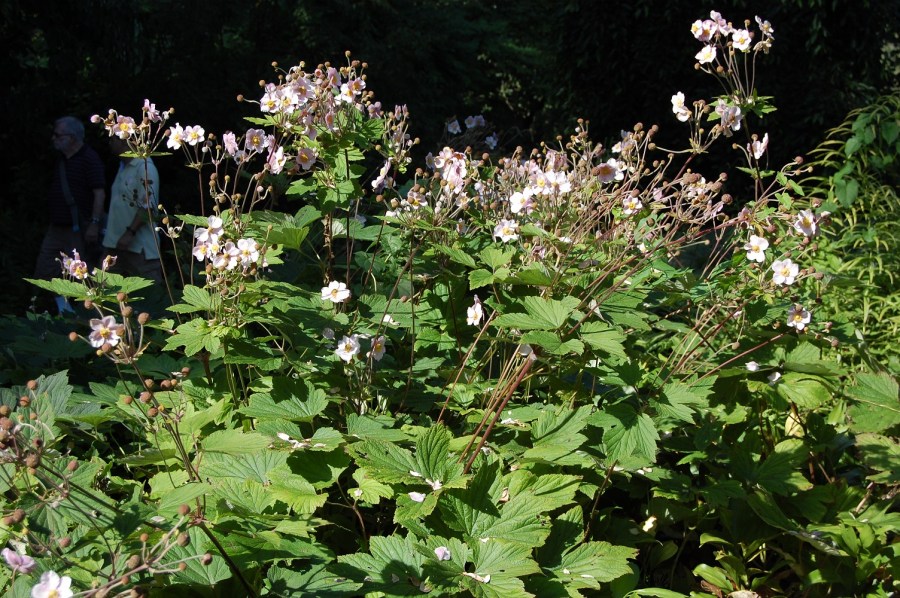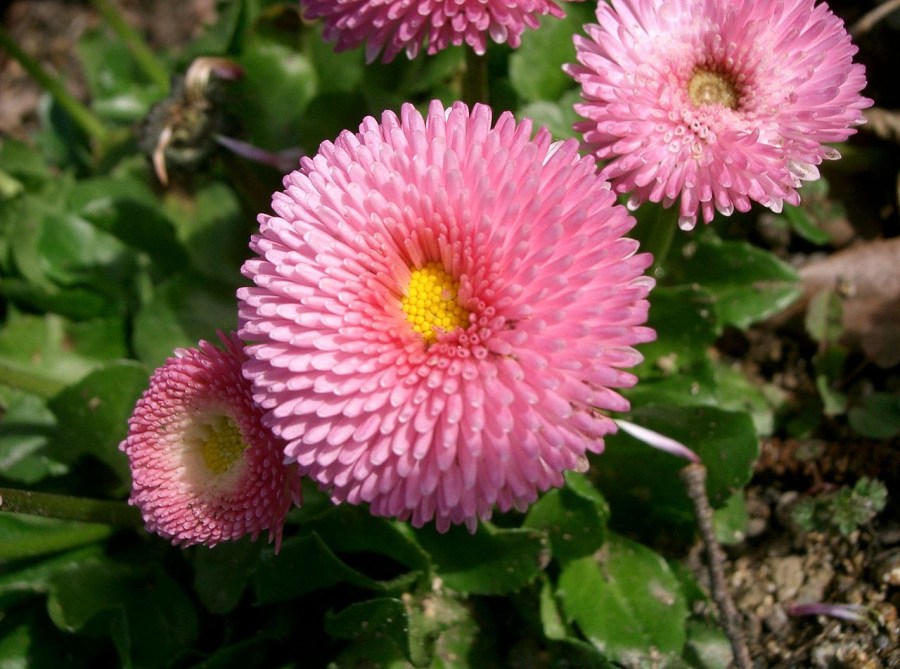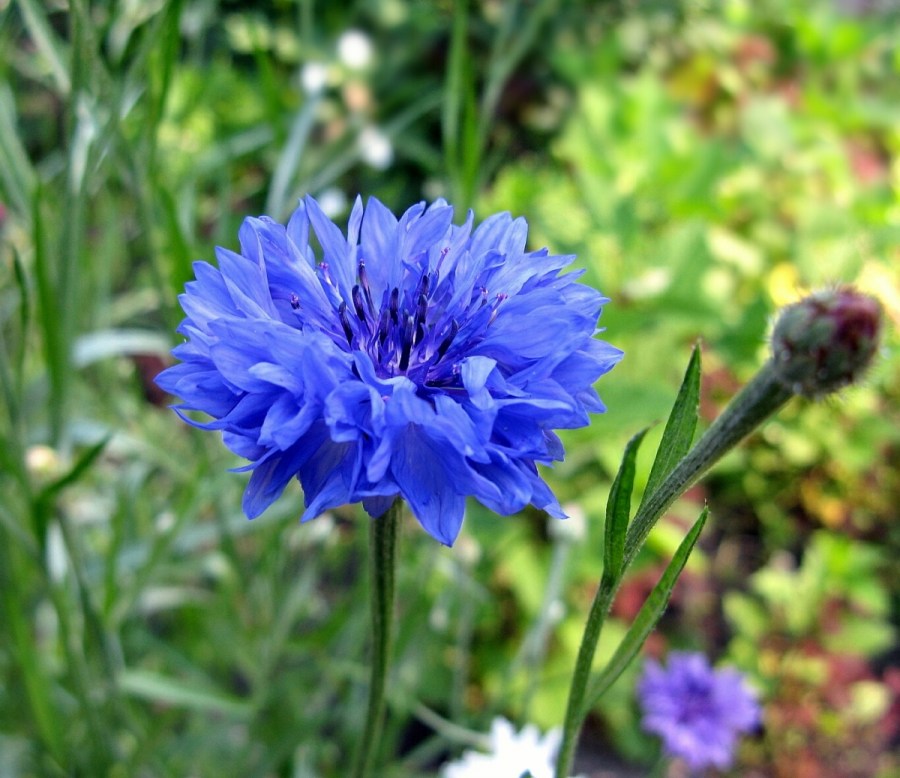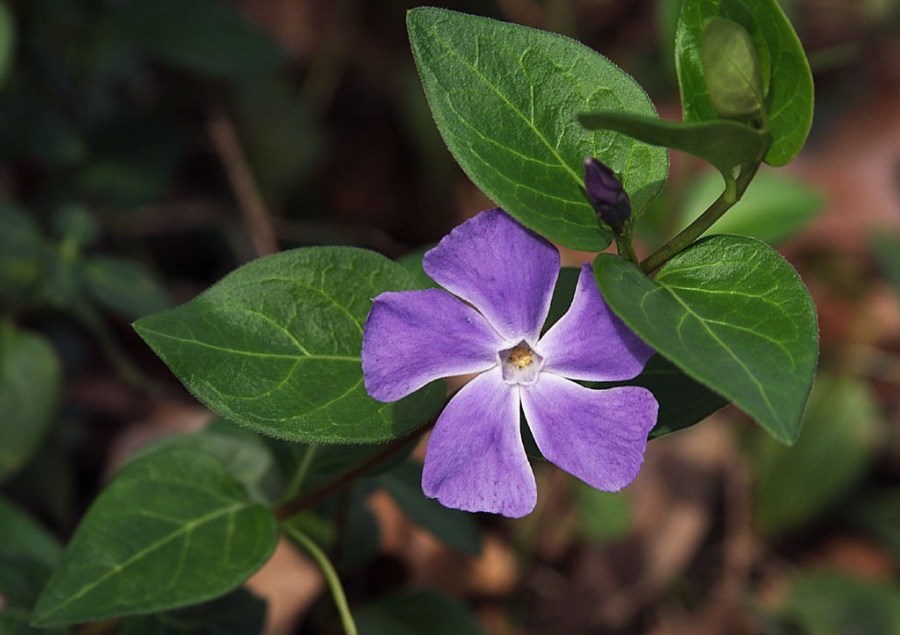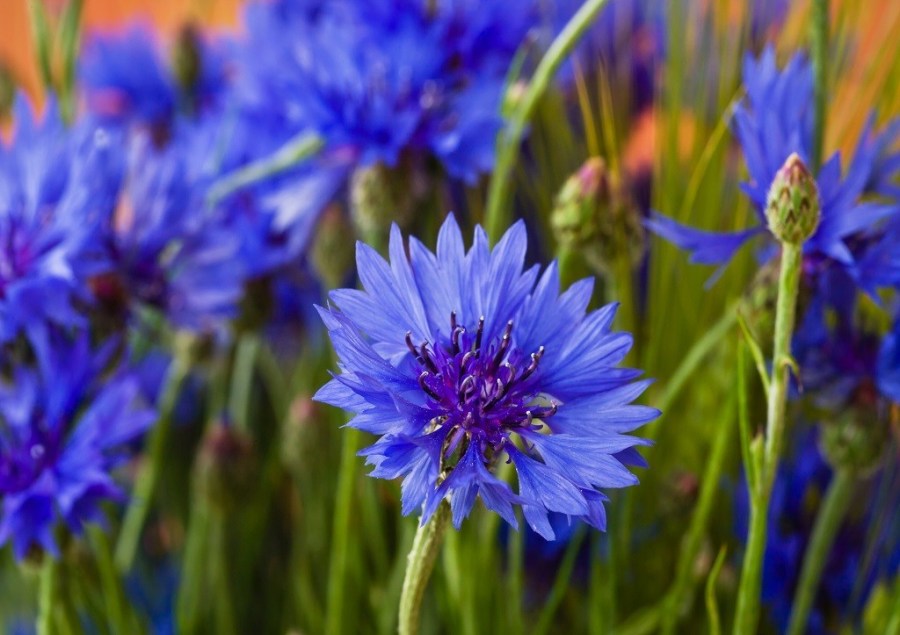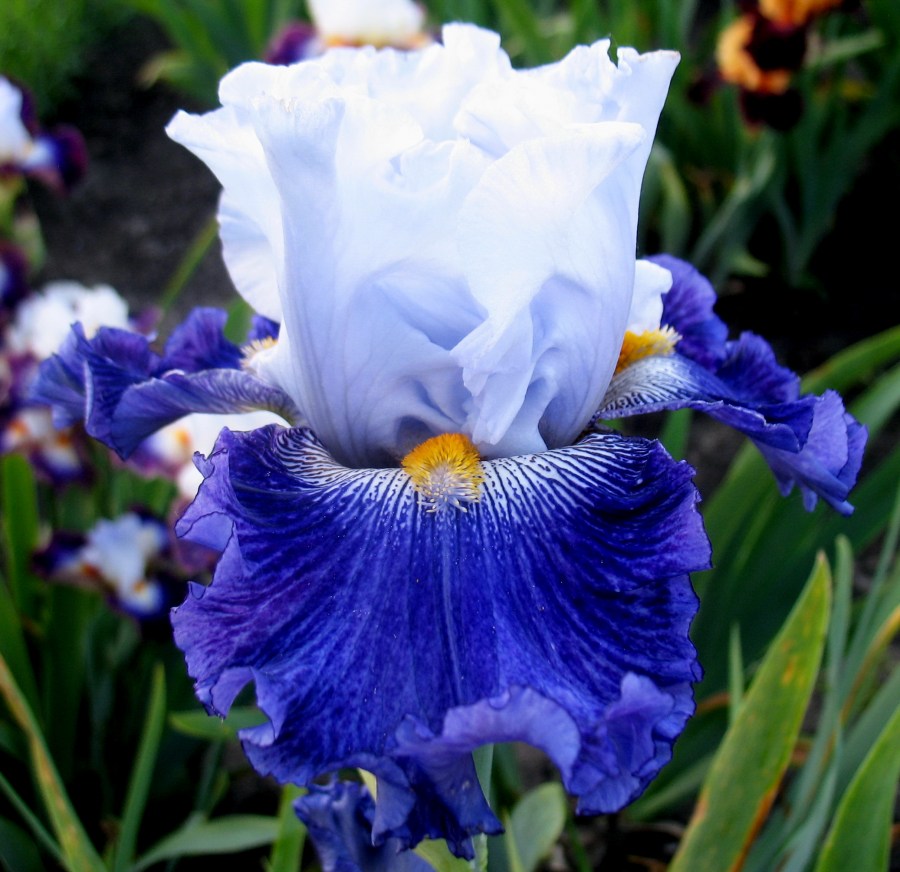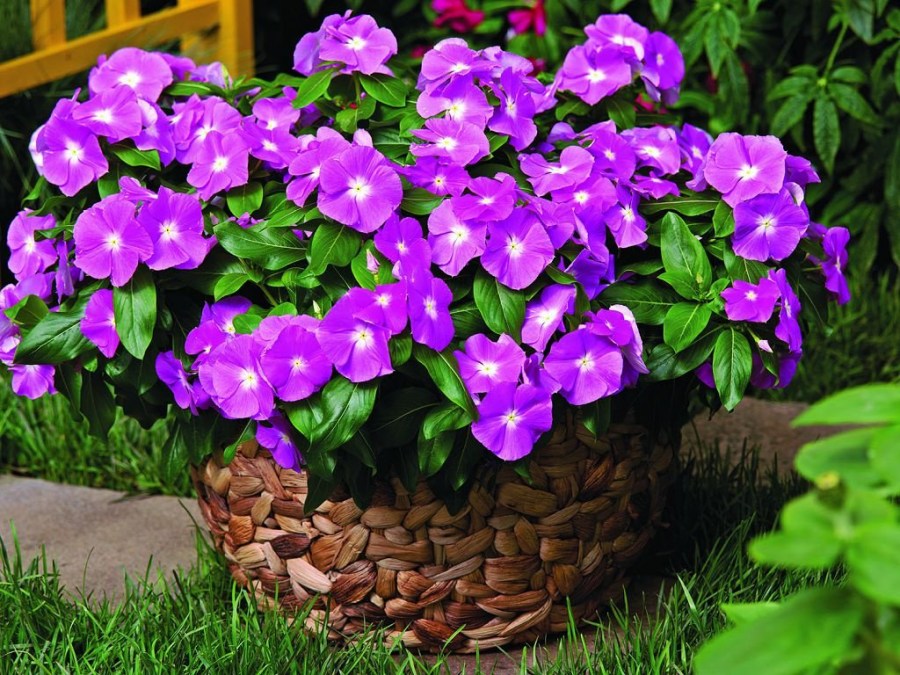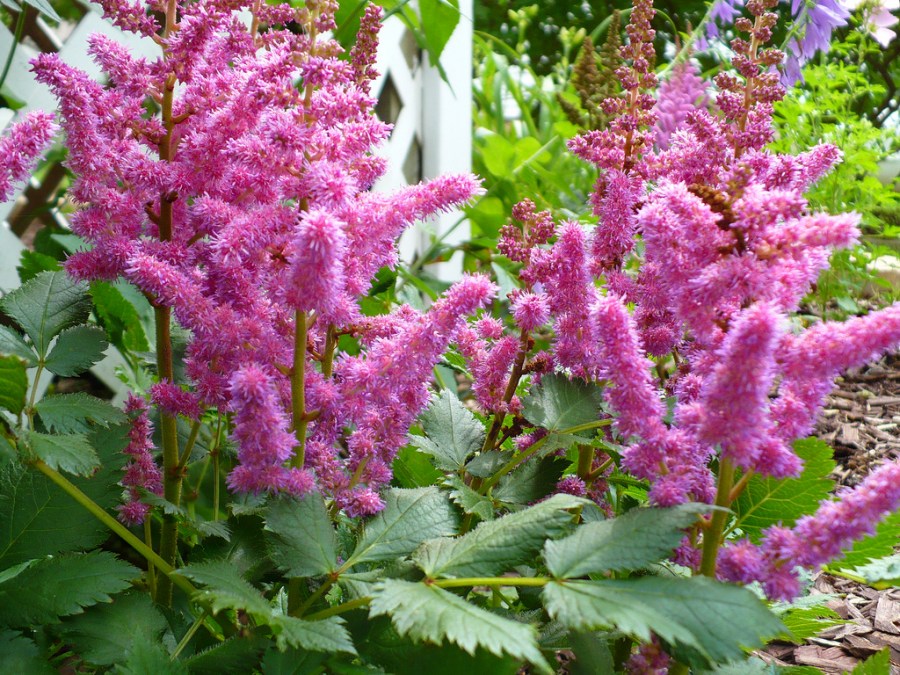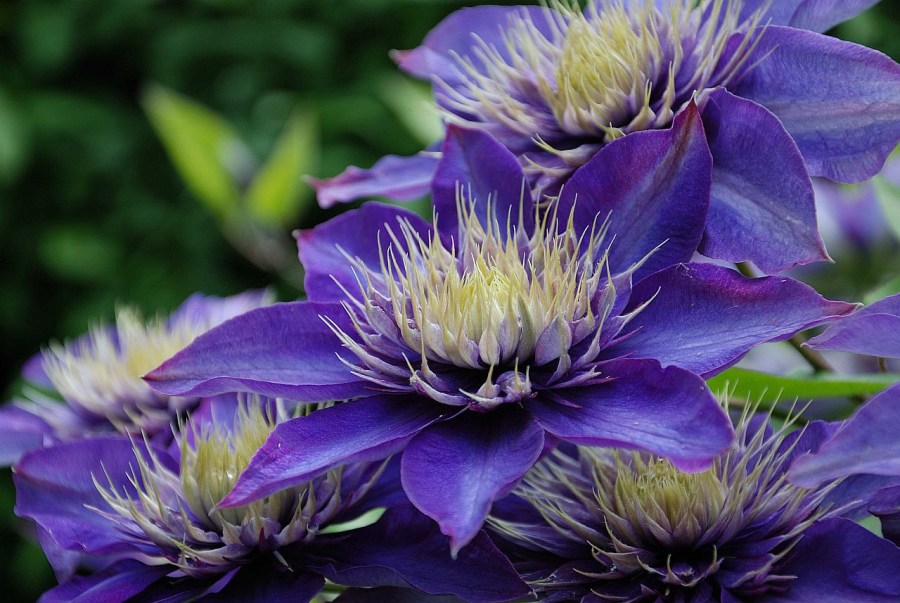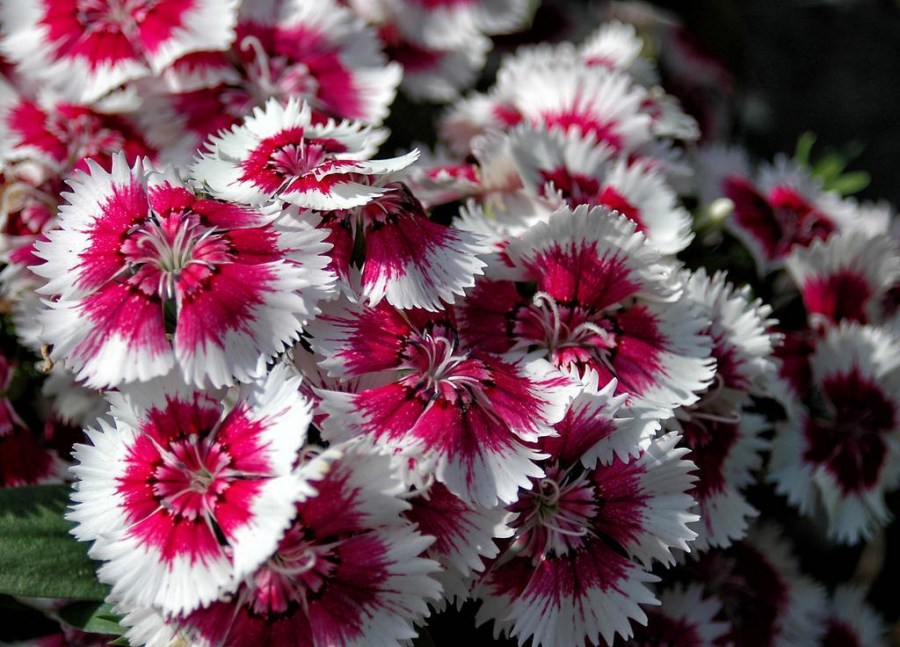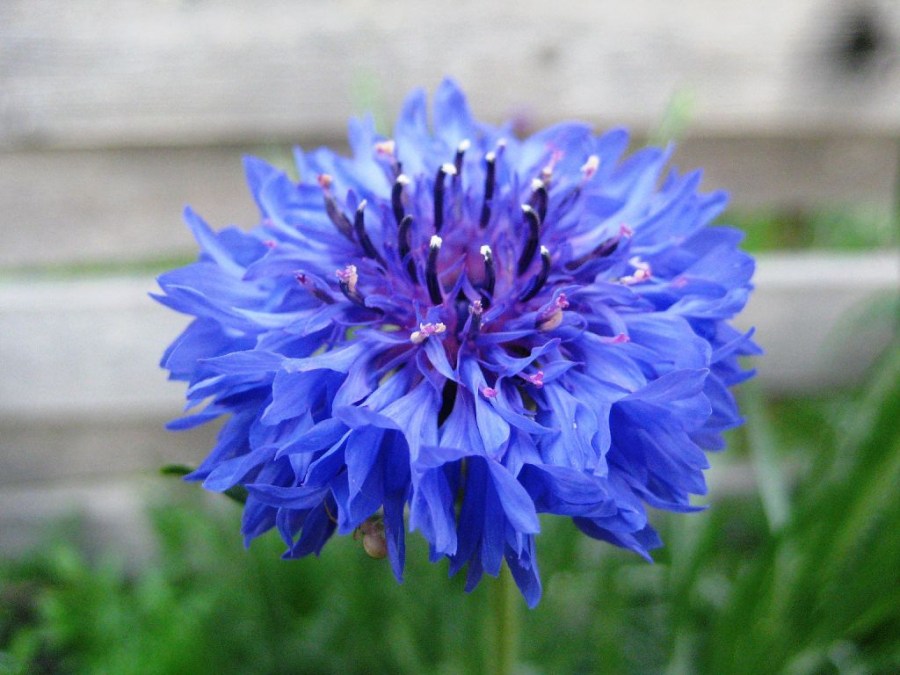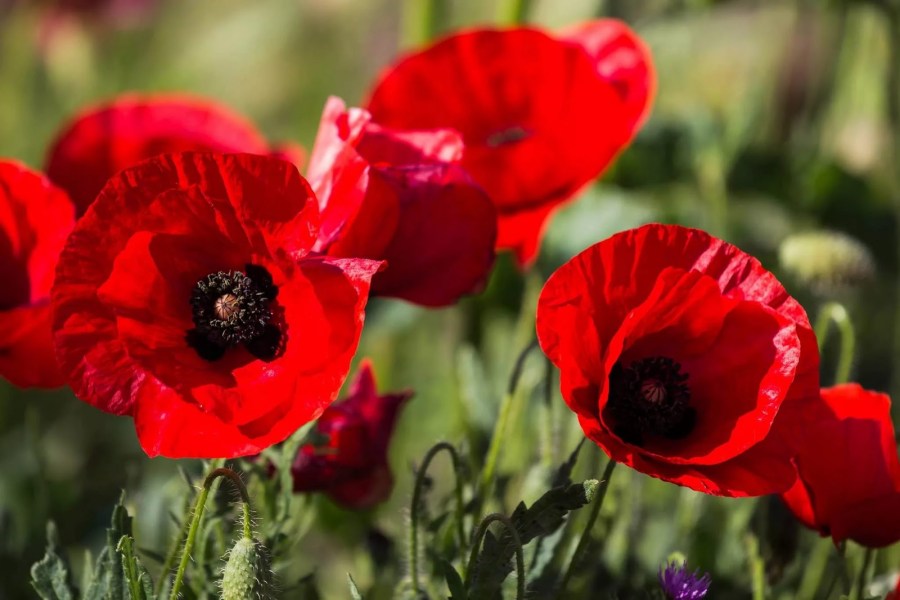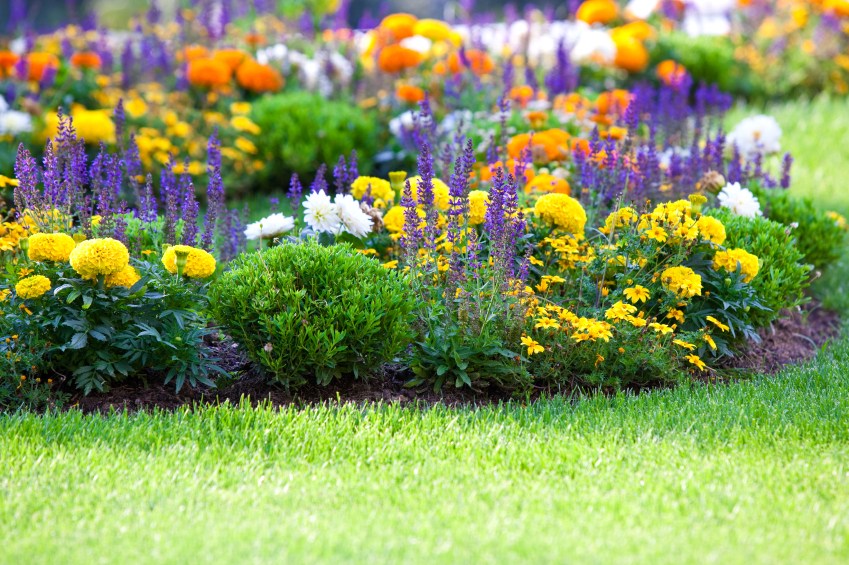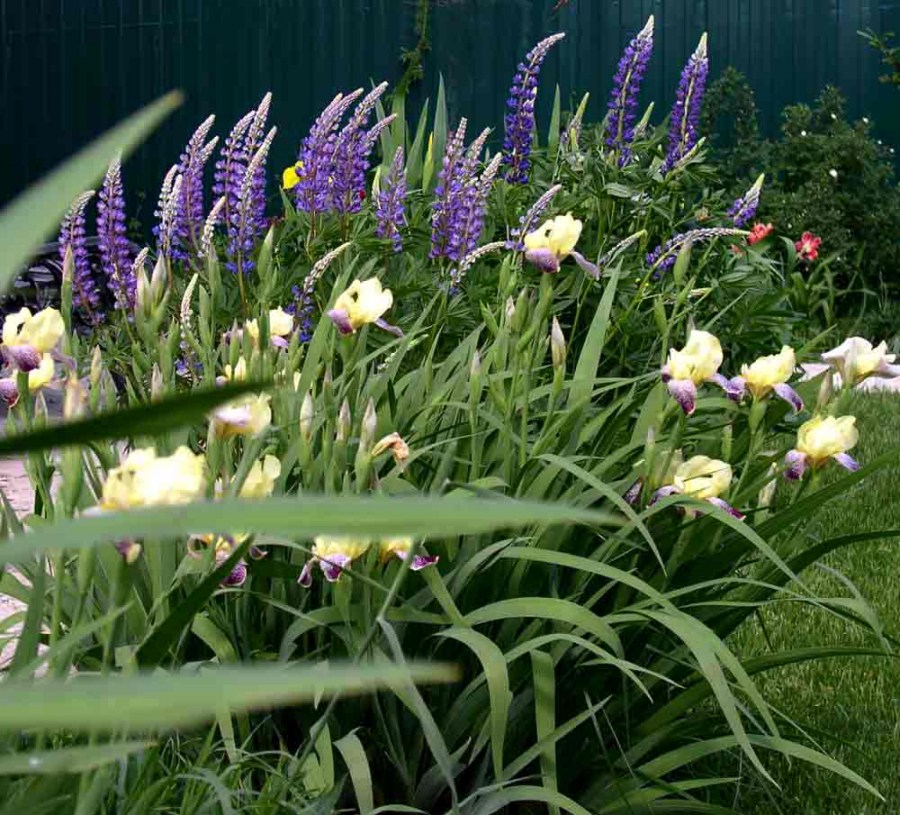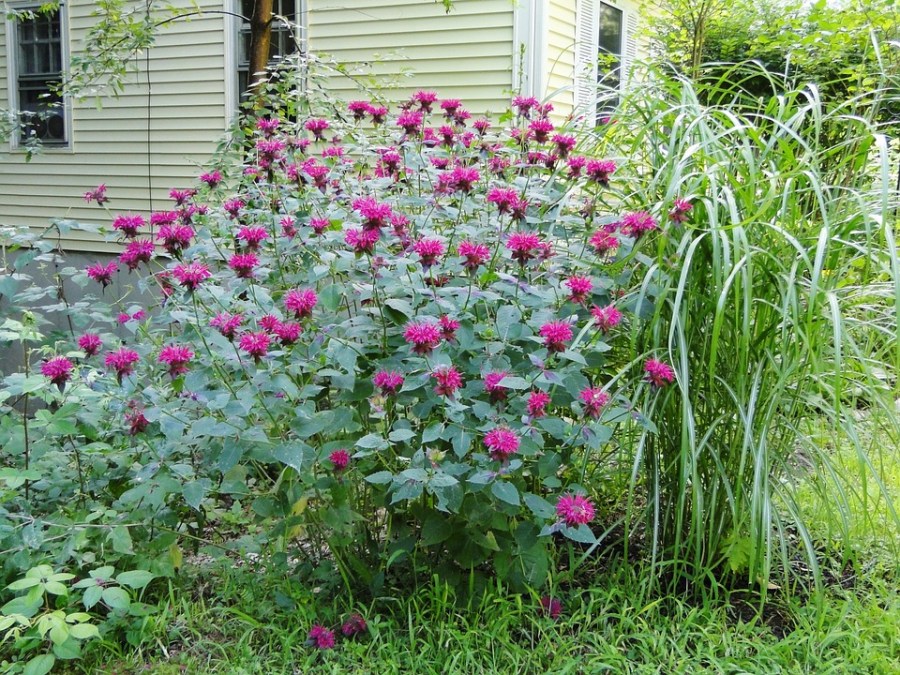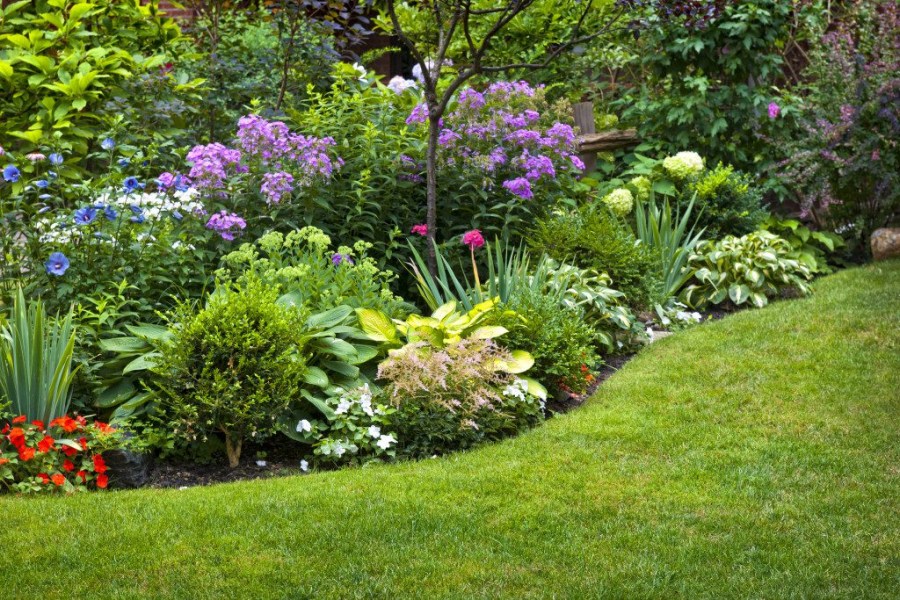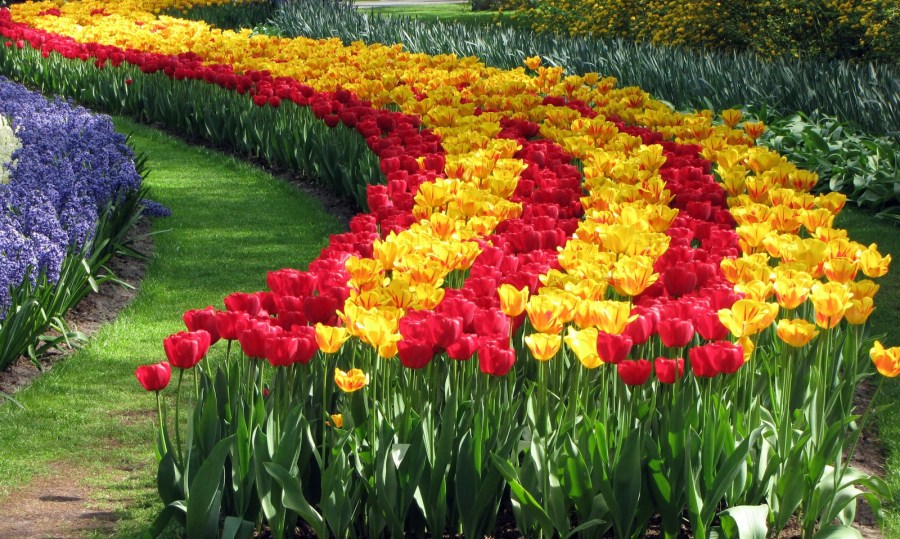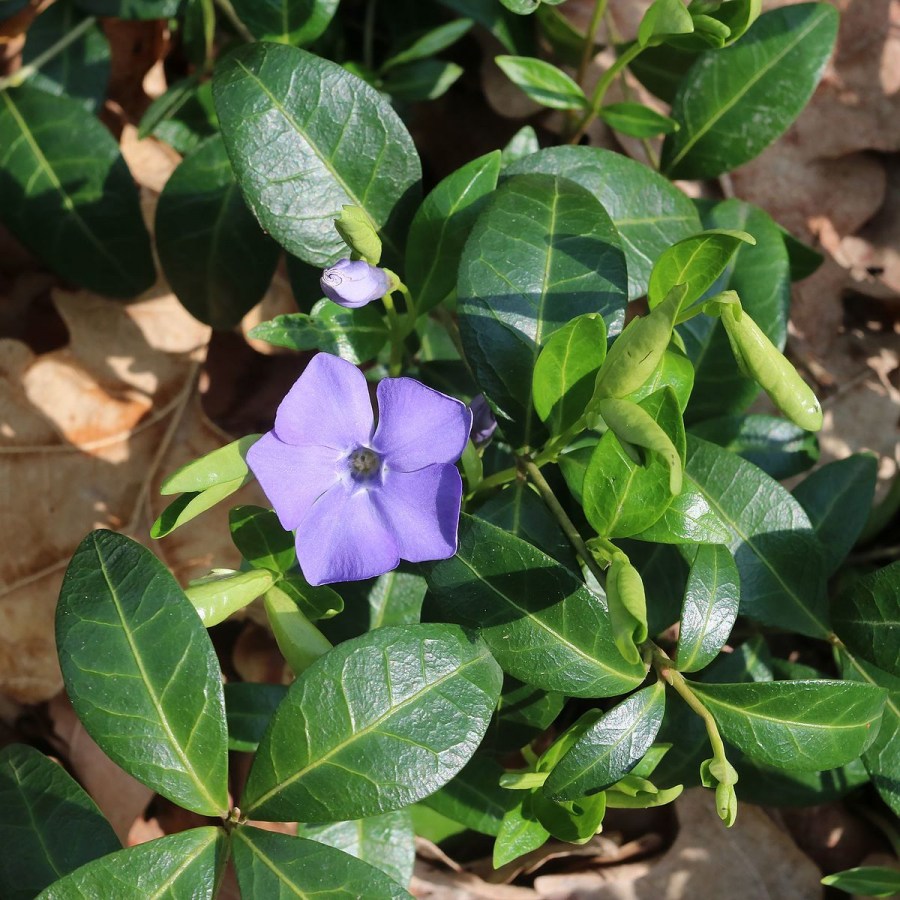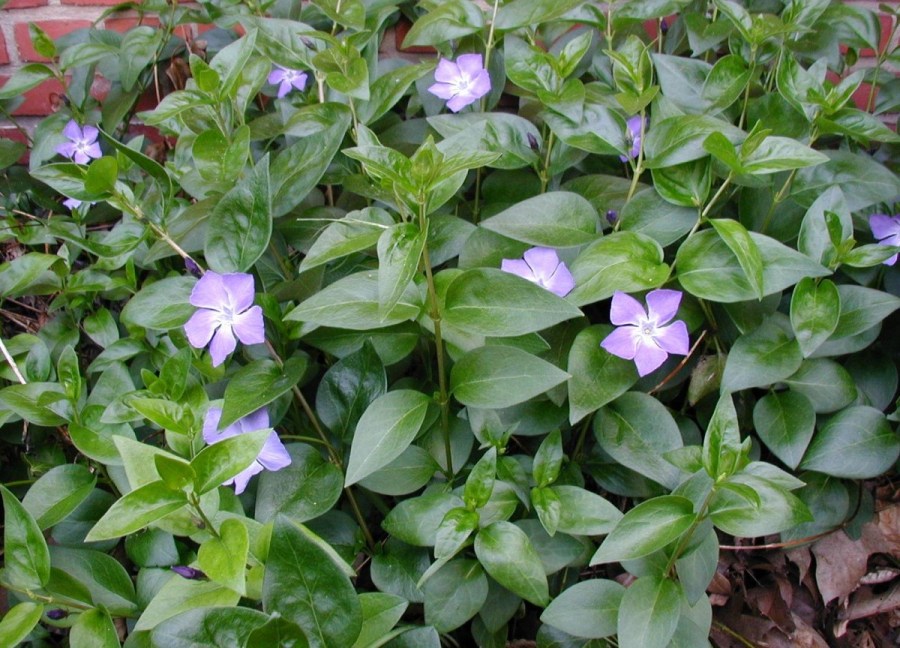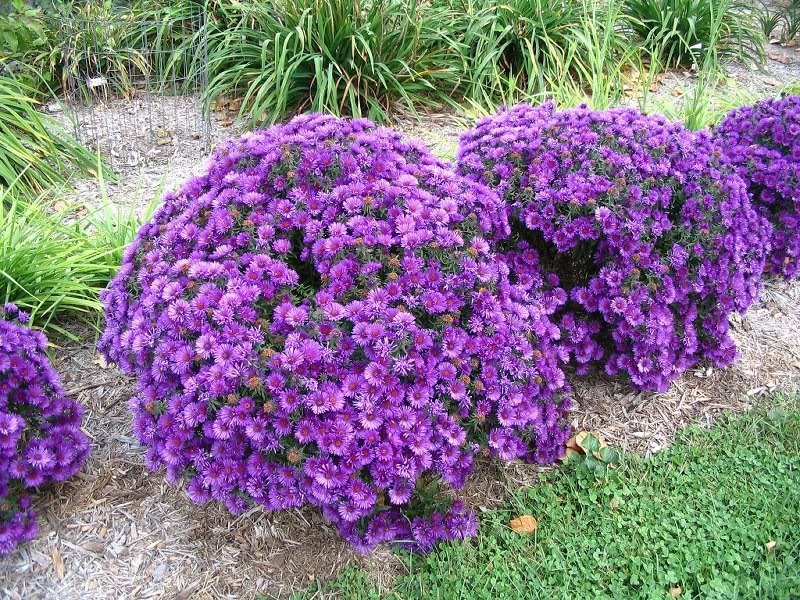Flowers perennials - all varieties (130 photos). Do-it-yourself planting, growing and care on the site
A beautiful flower garden without any unnecessary hassle is the dream of any inveterate summer resident who makes a lot of efforts in other areas of his economy. A skillful combination of plants in terms of flowering will allow you to enjoy the beauty of the flowerbed throughout the working season. The use of garden flowers of perennials will protect against problems with annual planting.
If you choose unpretentious and long flowering specimens, the task will be simplified as much as possible. Care must be taken in accordance with the above parameters in advance, so you can study the necessary information in the winter.
How to properly equip a flower bed with plants
A beautiful all-season flower garden is created taking into account the competent selection of plants by:
- height;
- flowering time;
- coloring buds.
The tallest specimens are placed in the center of the composition. So, they will not interfere with the review, limit the "rights" of neighbors. According to the flowering time, you can choose "long-playing" varieties or successfully arrange the change of order.
Coloring adjacent buds should not violate the existing harmony. You can create a flower garden in a single gamut or work out a specific coloristic solution.
The organization of flower beds is often carried out on the principle of "three". For each flowering period, there must be at least 3 plants in the active phase. Those who are afraid of making mistakes in calculations are advised to pay attention to perennials with a long period of holding buds.
Long-blooming flowers are always held in high esteem by the economical owner. The acquisition of such options will save the budget and valuable time.
Before buying, you should carefully study the information about the species intended for landing. Any plant can have nuances of growth under certain conditions (territorial, climatic features are taken into account).
Height distribution: important points of good planning
In most cases, tall flowers are planted, in accordance with the landscape design, separately. They look great near buildings, at the fence or as a hedge.
To create an organized flower garden, such plants are used in limited quantities. They will be an excellent background (if the flowerbed is adjacent to the building) or will attract attention in case of a separate placement of the site.
Tall plants are arranged in such a way that they do not obscure the rest of the participants in the composition, and also do not interfere with the viewing of the whole ensemble. Long flowering options are preferred. Tall stems (from 50 cm to 2 m) with large single flowers, lush inflorescences or brooms will give the flowerbed a festive accent.
Mid-sized options will give the impression of a smooth transition from tall to low plants. It is recommended to select varieties with long flowering. By timely removing withered buds, it will turn out to maintain harmony in the flowerbed. Unpretentious flowers will be the right decision.
Low-growing residents are always located at the borders of the flower garden. Depending on the preferences of the owner, it is permissible to occupy up to 2/3 of the entire area. Place "midgets" most often in rows, depending on the color of the corollas.
A schematic arrangement is also possible (if the layout of the flowerbed has a complex structure). In some cases, gardeners purposefully mix the seeds when planting. So, it will be possible to achieve unique variegation.
In addition to the connection of plants in the flowerbed in height, one should not forget about the compatibility of other important conditions (attitude to light, moisture, soil type).
Variety selection: the difficulty of seasonal matching components
To properly break the flower garden, you need to know the names of the flowers of perennials, preferred to planting for the seasonal replacement of an empty place. There are no instances that are continuously in bloom from May to October. Therefore, the task of competent landing planning is to complete the space as efficiently as possible.
With the advent of spring, even from under the snow, primroses break out. These are crocuses, tulips, daffodils, lilies of the valley, periwinkle, Pushkinia, hyacinth, primrose. Most of them are compact in size. Flowering, as a rule, is short. You can pick up various combinations with variable "rule" from late April to mid-June.
Among the beautiful and naughty perennials of the middle of the season there are many options that do not require transplanting up to 10 years. Many of them have not only gorgeous flowering, but also no less attractive green mass.
Properly selected combinations will help the flowerbed to remain in the spotlight all season. Popular gardeners are: astilba, loosestrife, geranium, cornflower, cloves, iris, lupine, poppy.
Autumn is not a reason to forget about the surrounding beauty. In place of the fledging flyers on the flower beds, no less attractive, bright and fragrant "shift workers" come. Phlox or perennial asters, to the very frost, are able to delight with their lush flowering.
Deciding on a choice will help viewing photos of perennial flowers. Comparing the visual image with the characteristics of the plant, it will be possible to understand which options are most suitable.
Flower garden without hassle: features of perennial care
Most of the perennials do not require complicated care. However, give the plants minimal attention still have to. This is the only way to enjoy the result without wasting valuable time in the “hot” season.
Flowers with tubers or bulbs (tulips, gladioli, dahlias) need to be dug up on time, as well as to ensure proper storage and subsequent planting. Bulbous plants tolerate wintering in open ground, and this is fatal for tuberous plants.
To get the expected flowering, the inhabitants of the flower beds will sometimes have to be taken care of: loosen, mulch, fertilize, and water. In this case, it is necessary to take into account the characteristics of each resident of the flowerbed, especially if they are in close proximity.
Some perennials that do not require digging for the winter require adequate shelter. Before planting a new type of plant, you should familiarize yourself with the care recommendations in detail.
Timely collection of seeds, division, reproduction will save the variety, will not allow degeneration. Regular transplantation, pruning of the plant will have a beneficial effect on health and appearance.
The flower garden, made up of unpretentious, long-flowering perennials, is able to give a lot of joy without requiring increased attention. The main thing is to properly plan the flower bed, choose a suitable place for each plant and provide the necessary conditions for growth.
Photo of perennial flowers
Chrysanthemum flowers - planting, growing, reproduction and care. (88 photos of chrysanthemums)
